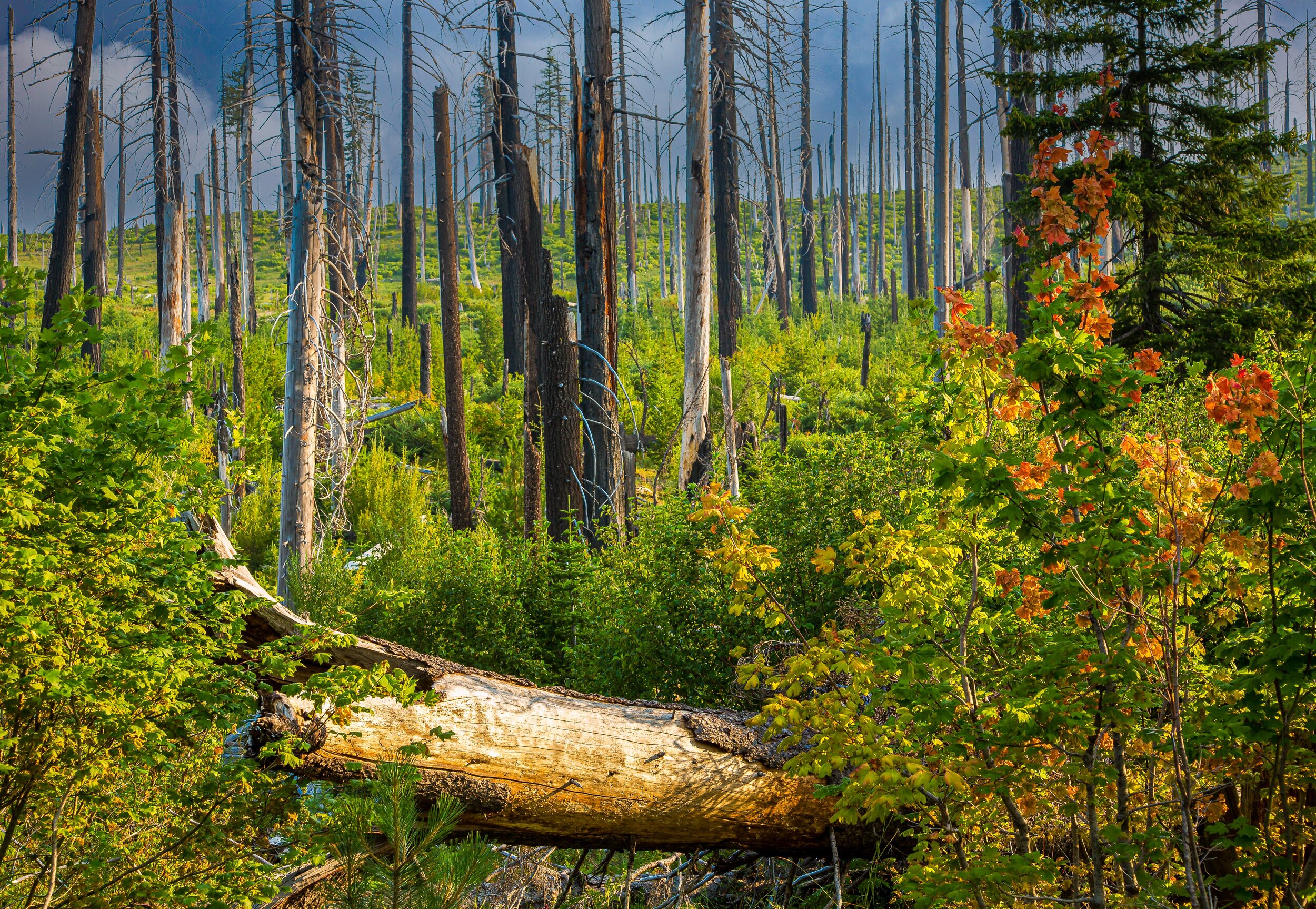Canyons, Cataclysms and Catharsis
Santiam Pass After 2003 B&B Complex Fire-Photo by Bob Pool
We recently drove along several of the Oregon Cascade Mountain Canyons – places where the September 2020 wind-driven wildfires burned downstream along several of Oregon’s most beautiful and productive rivers including the Clackamas, North Santiam, McKenzie and North Umpqua.
In the aftermath of these events, The Conservation Angler and many other organizations are concerned about private, state and federal agency actions that have been taken and continue being taken with little apparent regard for the ecological short-term and long-term impacts to post-fire watershed recovery and wild fish management.
Rock Creek Hatchery near the North Umpqua River (photo by ODFW)
Oregon’s response cannot be simply to log its way out of future forest fires, nor just rebuild all the facilities that were lost and to continue business as usual. The September 2020 fires must be viewed as an opportunity for Oregon – especially ODFW – which lost several hatchery facilities - to imagine the future and determine what the fish propagation program should look like in the next decade and in the decades after that – to respond to the future risks from climate change effects and the well-known impacts of hatchery production on wild steelhead and salmon.
Read more in the June edition of The Osprey Journal.
Photo of Santiam Highway After the Beachie Creek Fire in 2020 by Bob Pool




